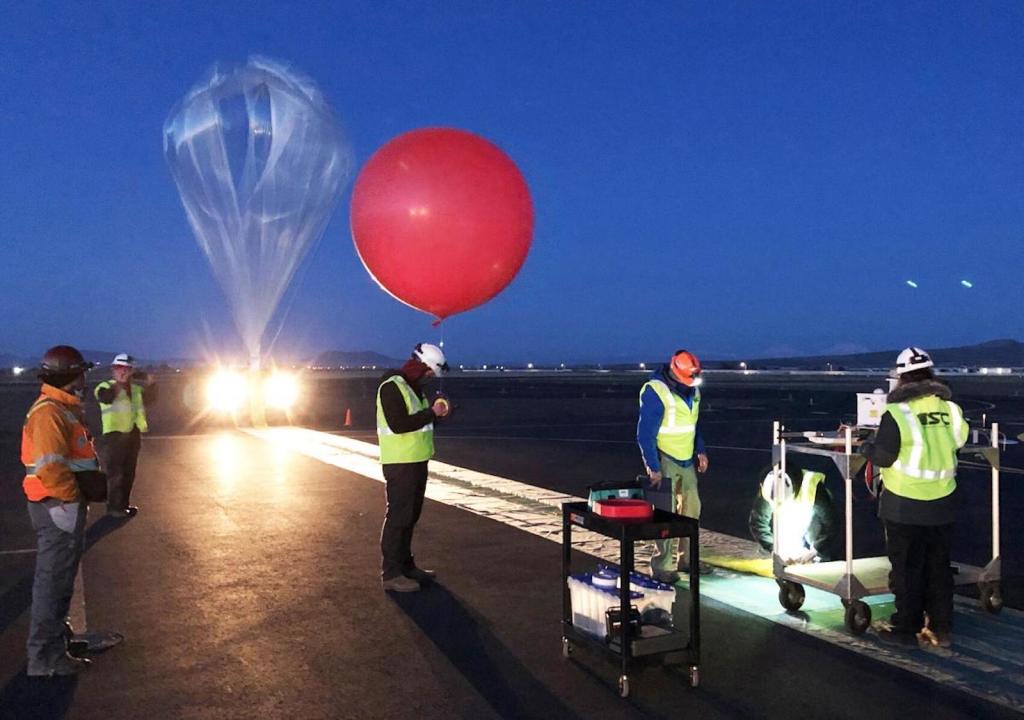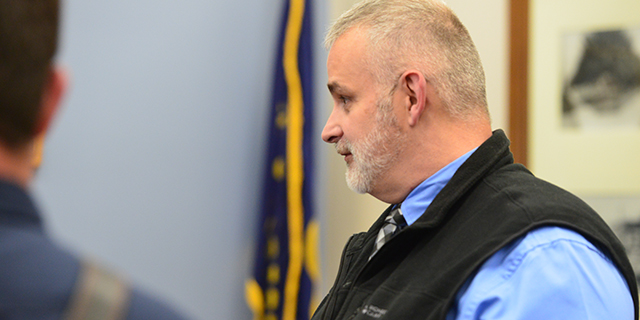NASA research balloon takes flight over Madras
Published 8:10 am Monday, April 19, 2021

- Near Space Corp. personnel prepare to launch a large helium-filled ballon, in the background, from the Madras Municipal Airport on Thursday, April 15, 2021. The ballon would rise to 110,000 feet and perform a high altitude drop test. Scientists will use data from the test to determine how to return items from the International Space Station back to Earth.
MADRAS — The 150-foot-tall balloon, made of plastic thinner than a sandwich bag, rose above the high desert at sunrise with the goal of helping future missions in space.
Trending
The helium-filled balloon shined in the early morning sunlight as it disappeared into the atmosphere, on its way to an altitude of 110,000 feet.
A NASA-sponsored research team launched the balloon at about 6 a.m. Thursday, April 15. from the Madras Municipal Airport. The balloon carried a 100-pound cone-shaped device that later in the day was dropped with a parachute over the high desert east of Prineville.
“That went well,” said Kevin Tucker, president at Near Space Corp., who oversaw the test flight. “It’s always interesting. The wind was actually changing, and that’s a big deal. We were very careful about that.”
Trending
Tucker’s company, which produces balloons for scientific tests, partnered with researchers from the University of Kentucky to launch the balloon and test a delivery system that could be used to return individual items from the International Space Station back to Earth. The team tracked the balloon’s flight Thursday and recovered the dropped device.
The university engineering students call the delivery system the Kentucky Re-Entry Universal Payload System and their research was sponsored by NASA’s Flight Opportunities program, said NASA spokesperson Megan Person.
“The flight aims to enable testing of the technology’s electronics and communications systems in preparation for further research as part of a commercial resupply mission to the International Space Station later this year,” Person said.
NASA regularly identifies projects, such as the balloon launch, and connects research teams with companies and locations to help generate a test. In this case, NASA connected the Kentucky students with Tucker’s company and coordinated with the Madras airport.
”Today’s successful flight is one example of how the Flight Opportunities program helps advance promising space technologies before they move on to riskier orbital missions,” said Paul De Leon, NASA Flight Opportunities campaign manager.
Tucker and his crew originally scheduled the balloon flight Wednesday, but called it off because of high winds. On Thursday, conditions were mild enough to allow the launch.
Tucker, who runs his company out of Tillamook, said Madras was the ideal location for the balloon flight. The open spaces around Madras offer several options to drop and retrieve the device from the balloon, Tucker said.
In addition, the Madras airport is smaller and quieter than other commercial airports in the region, which allows the team to work without interfering with other aircraft. The team still has to coordinate with the Federal Aviation Administration.
“The airport doesn’t have a huge amount of traffic,” Tucker said. “We are not causing mayhem if we do a launch.”









